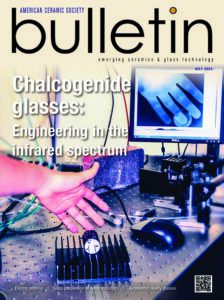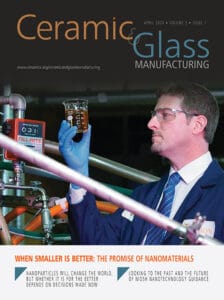
Biography: Gaurav is a Professor and the Pritzker Endowed Chair in Sustainability in the Samueli School of Engineering at the University of California, Los Angeles (UCLA). He holds faculty appointments in the Departments of Civil and Environmental Engineering, Materials Science and Engineering and the California Nanosystems Institute. He is also the Director of UCLA’s Institute for Carbon Management (ICM): a cross-campus technology translation Institute. Gaurav is the Co-Founder of Equatic Inc., the Grand Prize Winner of the Temasek Foundation’s 2021 Liveability Challenge, the Co-Founder of Concrete.AI Inc., and the Founder of CarbonBuilt Inc., a Grand Prize Winner of the NRG COSIA Carbon XPRIZE, and a GlobalTop10 Innovation selected at The International Cool Earth Forum 2018. Gaurav has served as an expert providing: a) testimony to the U.S. Senate, U.S. House of Representatives, and the California State Senate, and b) strategic consulting, core R&D, and innovation support to Fortune500 corporations, government agencies, philanthropic foundations, and industry organizations across the world.
Title: Equatic: Scaling a seawater-based atmospheric carbon removal and hydrogen co-production platform
Abstract: The trapping of carbon dioxide (CO2) as an aqueous (bi)carbonate ion (e.g., HCO3–, CO32–) or as a mineral solid is attractive because of favorable thermodynamics, and the durability and permanence of storage. Herein, I will describe an approach to rapidly precipitate Ca- and Mg- carbonates and hydroxides from seawater to achieve large-scale, cost-effective CO2 removal. The Equatic process electrolytically forces mineral carbonate precipitation – from seawater – thereby consuming CO2 that is dissolved in seawater by locking it within carbonate minerals, and simultaneously producing alkaline mineral hydroxides that when dissolved in seawater enable the drawdown of atmospheric CO2. Here, 1 mol of CO2 is captured per 2 mol of OH– produced by the formation of 1 mol CaCO3. Contrastingly, only 1.2 mol of OH− are required per 1 mol CO2 stored as dissolved HCO3– and CO32– ions. This is because when dissolved into seawater, every mol of Mg(OH)2 leads to the absorption of up to ~1.7 mol of CO2. In addition, I will describe the translational design, fabrication, commissioning and operations of pilot plants in Singapore and Los Angeles which demonstrate a net energy intensity (NEI) of ~1-to-1.5 MWh per tonne of atmospheric CO2 removal.
Subscribe to Ceramic Tech Today

Don’t miss the latest ceramic and glass materials news. Receive the CTT newsletter to your email three times a week by subscribing at this link.
Subscribe to Ceramic & Glass Manufacturing Weekly

Don’t miss the latest ceramic and glass business news. Receive the C&GM Weekly newsletter to your email every Monday by subscribing at this link.


